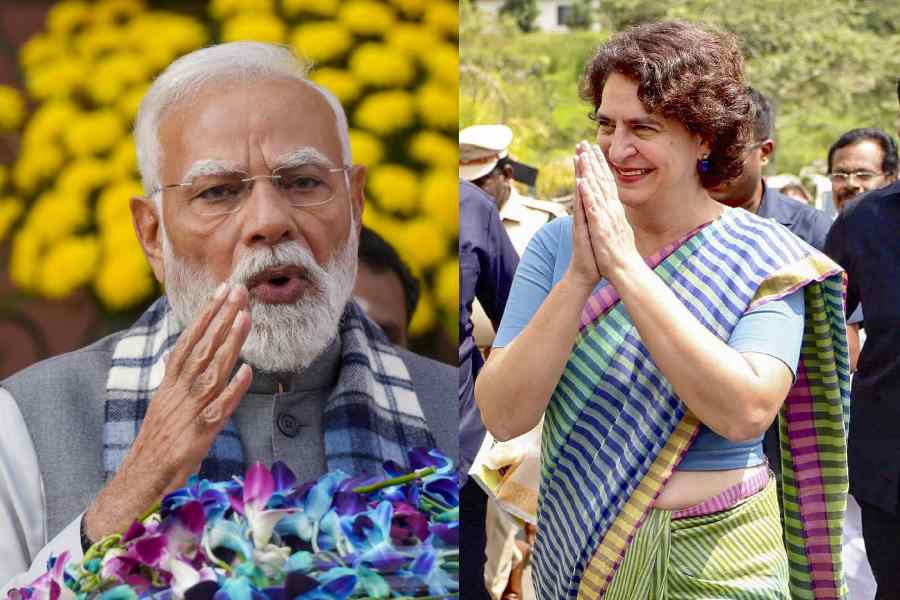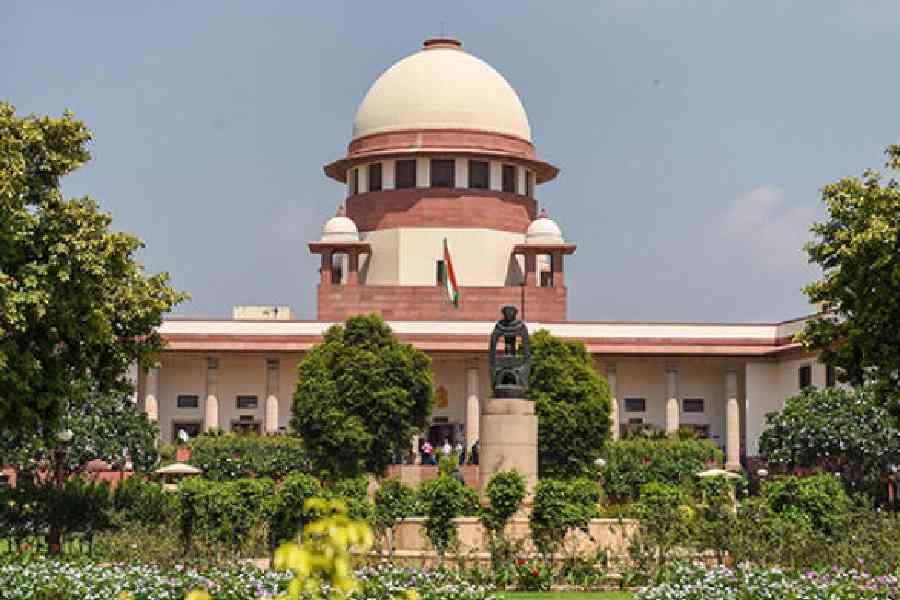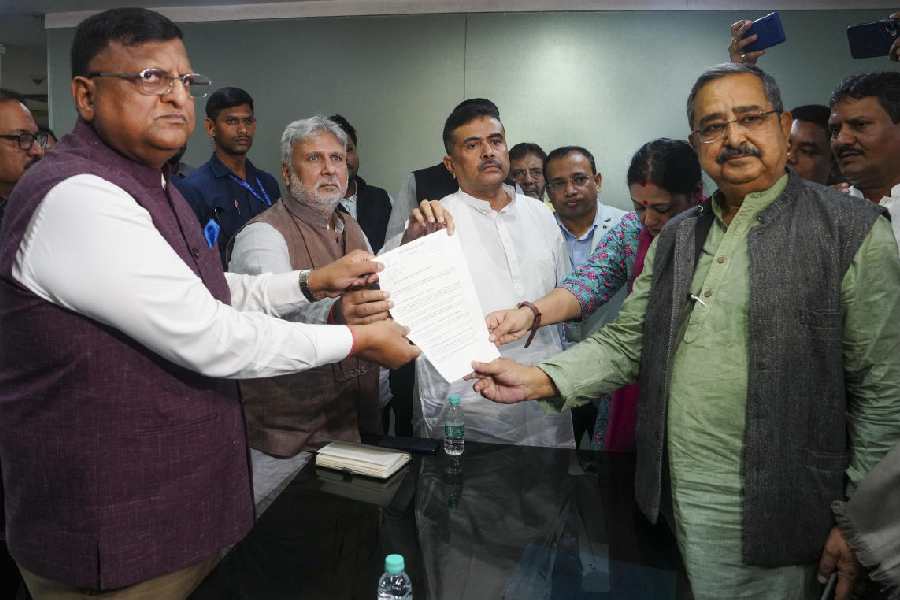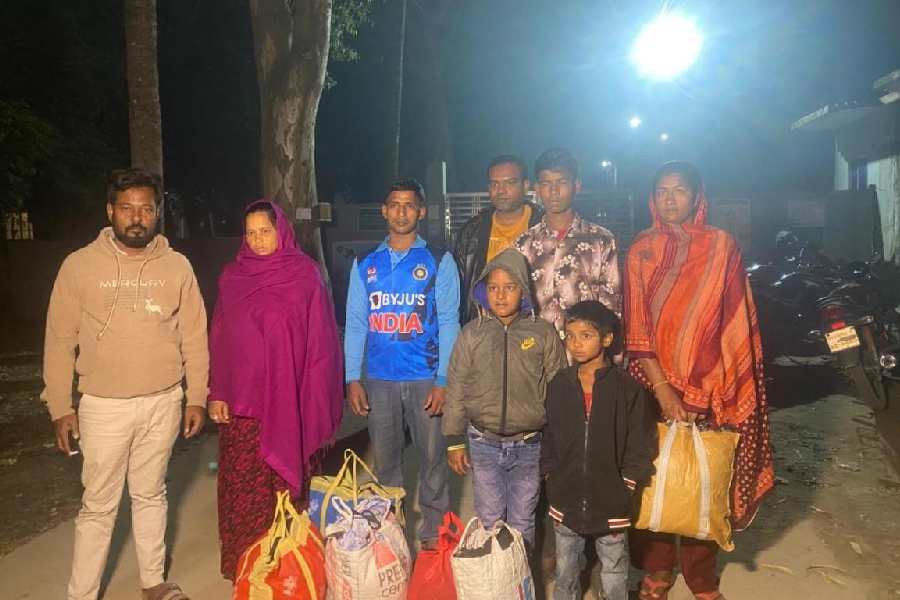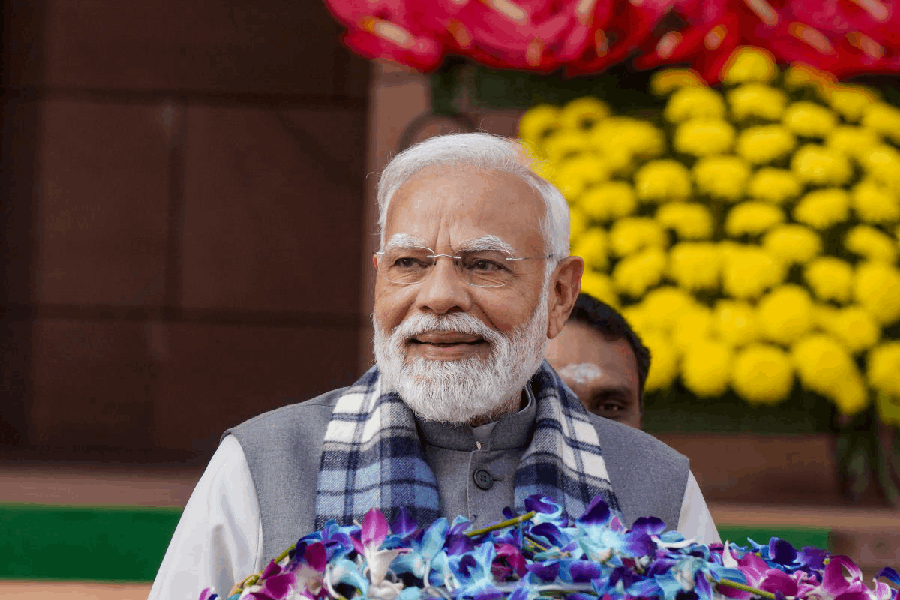 |
| S.P. Udayakumar |
In a region where the political landscape is tinged by the red of the Left, the red and black of the Dravidian parties, the Congress’s tricolour and the BJP’s saffron, the leaders of the People’s Movement Against Nuclear Energy are self-professedly green.
“I have always been interested in green politics,” said S.P. Udayakumar, the soft-spoken former professor of peace studies in Monmouth University in New Jersey.
Udayakumar said his father was in the DMK and was influenced by the ideals of E.V.R Periyar and C.N. Annadurai, the legendary leaders of the Dravidian movement. However, Udayakumar’s own political trajectory began when he rubbed shoulders with CPM leaders.
“I was sympathetic to the CPM in my student days. Although I never joined active politics, I used to attend CPM meetings,” he said.
His interest in green movements in Europe and America grew during his years in the US. He came back to India in 2001 and joined the fledgling anti-nuclear campaign in Kudankulam.
Although popular support has swelled after Fukushima, the chief protagonist of the Kudankulam protests conceded that the movement faced “challenges”.
He complained against “an insensitive and arrogant government bent on violent suppression of any grassroots dissent”. Disdainful of the “doublespeak of electoral parties”, he has declined to contest polls or join power politics.
“I got feelers from Karunanidhi and Arvind Kejriwal. But I won’t contest elections. People do not have great regard for MLAs and MPs and I don’t want to lose my credibility and integrity,” he said.
Udayakumar listed other adversaries — the “powerful atomic energy establishment with strong connections to global nuclear reactor producers” and “corporate groups craving for more power generation at the cost of the marginal communities and environment”.
“I think the majority of rural Indians do support us because they have learnt to live in harmony with nature from time immemorial. But the Manmohan Singhs and Jayalalithaas and their technocratic advocates are imposing a murderous model of development alien to tradition,” he said.
Nevertheless, he stressed on “non-violence”. Despite the presence of many militant men and women in the ranks of the protesters, he likened the movement’s “appeal for justice to the government” to the plea of a battered wife to her violent and abusive husband’s “good sense”.
Udayakumar clarified that he was not reaffirming gender-skewed stereotypes.
“The state is masculine, inhuman and obsessed with power and violence. We can’t match its muscle. That’s why we have insisted our people be non-violent but courageous and persistent in our struggle,” he explained.
The stand suggests a mix of Gandhian political strategy dovetailed into the principles of eco-feminist movements that make the “rape of nature and women analogous”.
However, Udayakumar admitted to worries about the “general urban middle class’s apathy” to his cause.
“It’s our predicament: how to engage today’s urban middle class. Swayed by the government’s development hoopla, they demand more electricity for cities. They don’t bother on its impact on the distant riverside and coastal villages where dams are drowning homes and power plants are mushrooming at the cost of livelihood of the poor and nature,” he said.
But the protest leader knows he can’t afford to be seen as anti-development and needs to address the power crisis that Tamil Nadu and many other states were suffering. “We need electricity and development. But at what and whose cost? Should not our people’s interests be important in the scheme of things?”
Pointing to the giant windmills that crowd the skyline of Kudankulam and the rest of coastal Tamil Nadu, he said the answer to the power crisis lay in solar and windmill-generated energy.
Nuclear power experts concede that India needs to expand solar and wind energy, but point out that both have relatively low plant load factors (PLF) but demand far more land than nuclear power stations.
The PLF — a measure of the energy actually supplied round-the-year in relation to installed capacity — of nuclear power stations is above 80 per cent, while the PLF in India is 25 per cent for wind, and about 20 per cent for solar energy. Clouds and rain and absence of wind pull down PLF for solar and wind energy.
Experts also point out that land needs for solar and wind far exceed those for nuclear stations. A US-based energy company has estimated that an 1800MW nuclear power station would require 1,100 acres, roughly the size of 1,100 football fields. But land needed for similar capacity would be 108,000 acres for wind power and 13,000 acres for solar power.
Udayakumar conceded that their agitation alone would not be able to stop the government from commissioning the plant.
“It won’t be the end of the world even if the government goes ahead with its plan. Ours is not a five-yearly struggle for electoral benefits. We have succeeded in catapulting the controversy about nuclear power in a global public domain,” he said.
As the Centre is planning to set up nuclear power plants in Andhra Pradesh, Maharashtra, Gujrat and other states, he expressed the hope that the Kudankulam protest would trigger grassroots movements elsewhere.
Role of Church
The perceived role of the Church has also come under the scanner. The pro-government camp calls the movement “Church-orchestrated” and funded by foreign agencies.
The protest leaders did not deny the support of the Church but dismissed the allegation of foreign funds.
As pre-dominantly Christian fishermen — called Fernandos in the area — belonging to the Most Backward Classes (MBC) are the sustaining force of the movement, the Church’s support was “crucial and natural” for its survival, the leaders said.
The local clergy did not conceal support to the fisherfolks but chose to be on the sidelines, particularly after the government’s accusation.
The synergy was obvious as Udayakumar met visitors at the office of Lourde Matha Church at Idinthakarai village during the three-day long New Year’s celebrations between December 30 and January 1.
Supportive civil society figures such as former navy chief L. Ramdas to Binayak Sen as well as artists, singers and activists joined hundreds of residents when children from the villages and cultural troupes from other parts of the country performed on the sprawling porch of the church in support of the anti-nuclear campaign.
The Gothic spire of the cathedral and the colossal domes of the nuclear power plant — both visible from the sea and land afar — provided a symbolic backdrop to the clash of visions.
‘Tamil nationalism’
What some observers found interesting was the involvement of a good number of Nadars — a middle-rung Hindu caste of mostly businessmen and farmers — in the anti-nuclear movement. Despite the history of hostilities between the Hindu Nadars and the Christian-MBC fishermen, the popularity of Udayakumar is cited as evidence of the inclusive nature of the movement. Udayakumar is a Nadar and an “outsider” since he hails from Nagercoil, some 30km away. Muslims have also joined the campaign.
The pro-plant camp had accused the protest leaders of hobnobbing with “extremist and anti-national forces like the LTTE and the Maoists”. Youths wearing T-shirts with imprints of Prabhakaran, the slain Tamil Tiger chief, were seen at the New Year celebrations. Chennai-based activist K. Shibilaxman and local youth Francis Vino expressed their admiration for Prabhakaran.
Udayakumar cited a “strong streak of Tamil nationalism” in all social and political movements in the state for long”. He said most Tamils supported the Tigers but public opinion got divided after Rajiv Gandhi was assassinated. The nationalist sentiments have become stronger after the “genocide” of the Sri Lankan Tamils, he said.
The perceived disregard for Tamil Nadu’s claims in the river water sharing disputes with Karnataka, Kerala and Andhra is also at play.
Udayakumar said he was aware of the rough edges of nationalist sentiments but restrained its extreme projection during the agitation, keeping in mind the pan-Indian and global nature of the issue. (Concluded)


